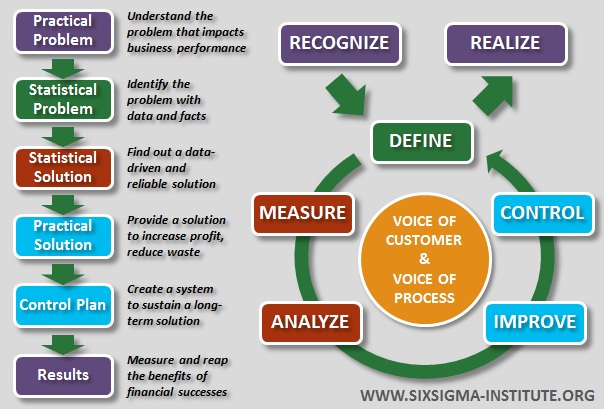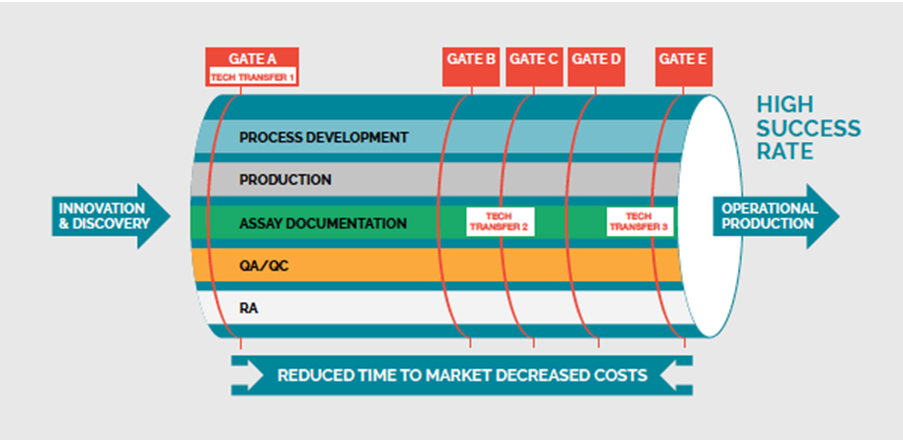The method uses a data-driven review to limit mistakes or defects in a corporate or business process. It revolves around Defining Measuring Analyzing Improving and Controlling.
 What Is Lean Six Sigma What It Is Why It Matters How To Do It Right
What Is Lean Six Sigma What It Is Why It Matters How To Do It Right
The Six Sigma approach was designed by Motorola in 1986.

Six sigma approach. Six Sigma as a methodology for process improvement involves a vast library of tools and knowledge which will be covered throughout this book. It provides methods to improve efficiencies in a business structure improve the quality of the process and increase the bottom-line profit. The foundations of the approach are the customer needs statistical analysis of.
Nowadays Six Sigma refers to a combined Lean and Six Sigma methodology for quality-control. It is a data-driven approach that uses a statistical methodology for eliminating defects. A Methodology Six Sigma is considered to be a derivative of the DMAIC approach.
Six Sigma is a business methodology that aims to improve processes reduce waste and errors and increase customer satisfaction throughout an organization. The Six Sigma approach identifies and prioritizes problems in response to customer needs. Six Sigma is a quality-control methodology developed in 1986 by Motorola Inc.
The Goal of Six Sigma. The Six Sigma application has a proactive approach. The Lean method is for achieving stability whereas the Six Sigma is for increasing optimization.
In this section well begin to define the statistical concept represented by 6ς At the most basic definition 6ςis a statistical representation for what many experts call a perfect process. Driven by data and statistical analysis Six Sigma provides a way to minimize mistakes and maximize value in any business process from manufacturing to management. The methods goal is to understand and control variation in an organizations work processes which are caused by the six Ms.
Six Sigma is a systematic methodology and structured tools. Six Sigma is a data-driven methodology that provides tools and techniques to define and evaluate each step of a process. The Importance of People in Six Sigma.
DMAIC is a data-centric improvement method that operates cyclically. Six Sigma is a data-driven problem-solving methodology. The primary objective of the concept was to develop a tool for tallying the process defects and as the result improving business operations.
It must work from the critical characteristics to ensure all the variables of the processes. It combines the tools methods and principles of Lean and Six Sigma into one popular and powerful methodology for improving your organizations operations. The Six Sigma approach is a truly powerful problem-solving tool.
Lean Six Sigma is a process improvement methodology designed to eliminate problems remove waste and inefficiency and improve working conditions to provide a better response to customers needs. The focus is on process variations and emphasis is given to customer satisfaction. Learning the Lean Methodology first gives momentum to solve problems by the Six Sigma Methodology more easily and quickly.
Continuous process improvement with low defects is the goal of this method. Lean manufacturing and Six sigma Lean Six Sigma. Materials method machines manpower measurement and.
This principle drives Six Sigma users to begin by understanding the existing problem and implementing long term. By working from a practical problem to a statistical problem a statistical solution and finally a practical solution you will be assured that you have identified the correct root cause of the problem which affects the quality of your products. Six Sigma is a set of management tools and techniques designed to improve business by reducing the likelihood of error.
/Lean_Six_Sigma_Structure_Pyramid-671e13ecc9e84e6e922d961234f57124.png)



.jpg)



